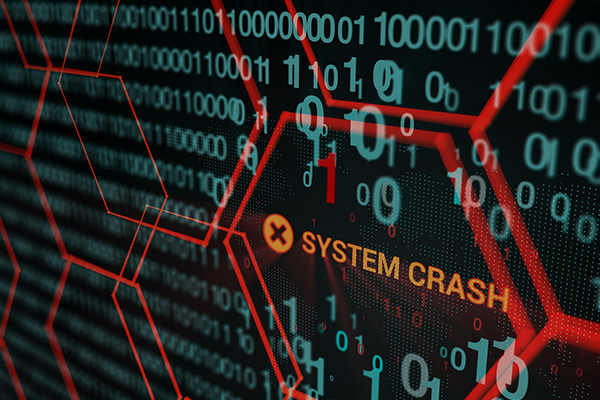Db2 for z/OS Single Points of Failure
Db2 for z/OS Single Points of Failure Module
The Db2 for z/OS Single Points of Failure ZMARS module examines your capability to provide continuous application service availability when there are individual components failures in the technical configuration supporting Db2 for z/OS.
The Triton study team will produce an easily consumable report with prioritised findings and recommendations that, if implemented, will enhance your ability to defend against and recover from all single component failure scenarios related to the technical configuration supporting Db2 for z/OS. Recommendations provided will include improvements to the technical configuration, processes, procedures and practice.

Why It Matters
Delivering continuous availability for critical business application services to your external users and business partners is of paramount importance in today’s business world where “always on” is always assumed.
The Triton Study team will analyse and study all potential single point component (Db2, LPAR, processor, DASD) failure scenarios and the respective plan and design to ideally mask the respective outage scenario or plan to recover services as soon as possible.
Business Impact
Many application services have a requirement for strict 24×7 availability. Failure to meet the continuous availability requirement can result in reputational damage resulting in lost business revenue, but increasingly there are regulatory and/or legal requirements which if not satisfied can lead to financial penalty and/or operating restrictions.
Failure Planning
It is essential that failure scenarios are anticipated, fully understood and plans to put in place to ideally mask the outage so it is transparent to applications users or there is a service recovery plan to limit the amount of application service down time.
Key Focus Areas
As part of this study, carried out by John Campbell, the following will be reviewed:
- Evaluating automation and procedures to handle each failure scenario
- Assessing whether sufficient redundancy and spare capacity exist in the technical configuration for workload failover
- Ensuring critical business applications are running with replication to provide redundancy, reviewing placement and/or duplexing of z/OS Parallel Sysplex structures for Db2 for z/OS
- Verifying fine grained dynamic transaction routing around each failure scenario
- Identifying and mitigating risks of “storm drain” scenarios
Our ZPARMs module is only one part of a wider suite of Mainframe Availability and Resilience (ZMARS) modules. Want to see what else ZMARS offers? Visit our ZMARS service page for a full list of modules.
System and Application Performance Monitoring
Do your real-time monitoring and historical performance reporting practices help you proactively identify and prevent service disruptions caused by performance and workload deviations from the normal?
Disaster Recovery
Do you have a tried and tested plan to perform disaster restart/recovery in the event your primary production site is no longer operational?
ZPARMS
Do your ZPARMS conform to recommended best practice, are they in line with your availability and resilience policies, and are key ZPARMS specified consistently across the data sharing group?
